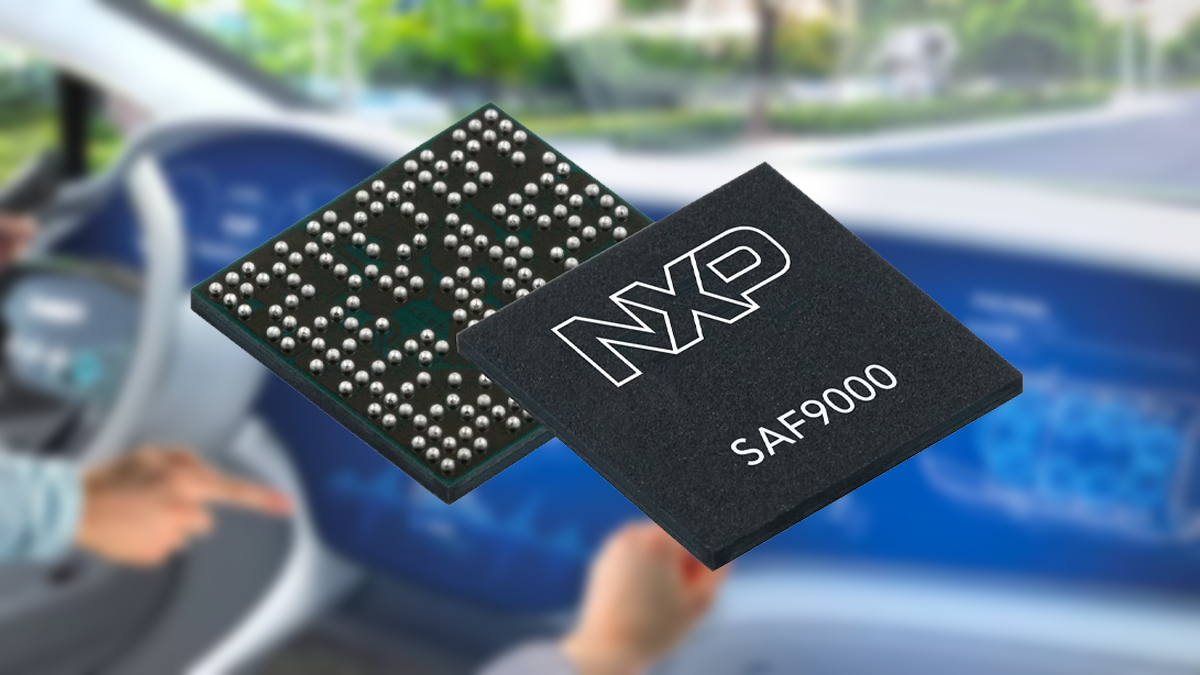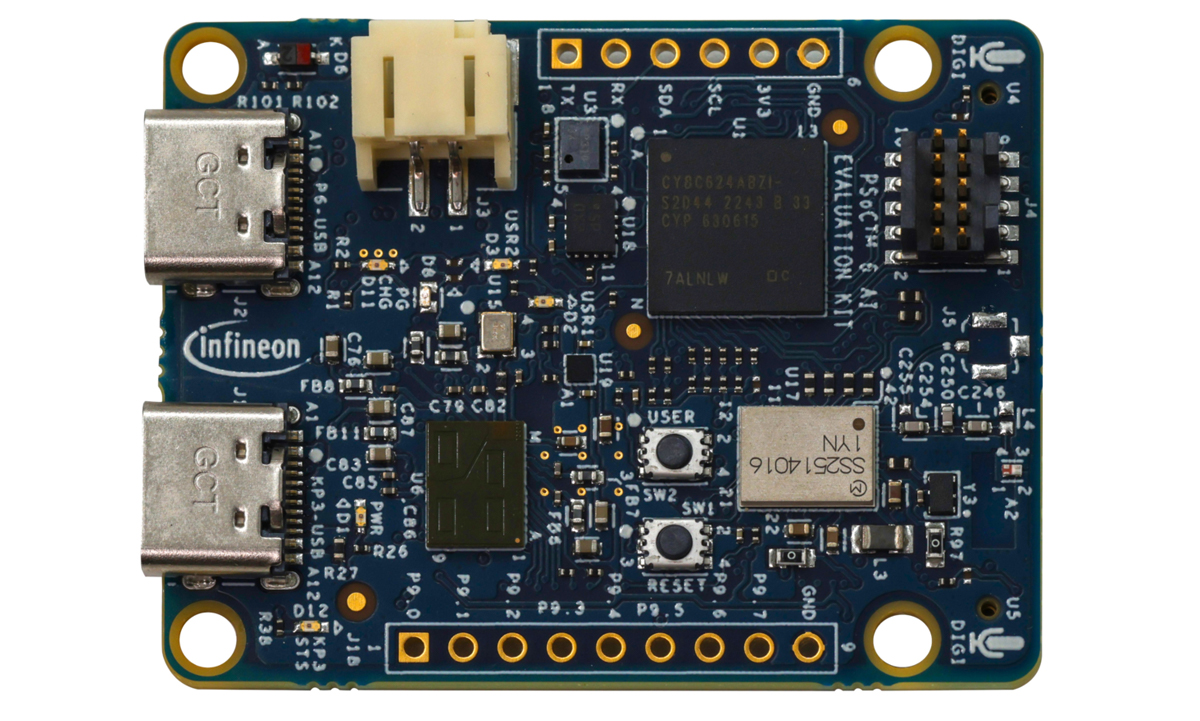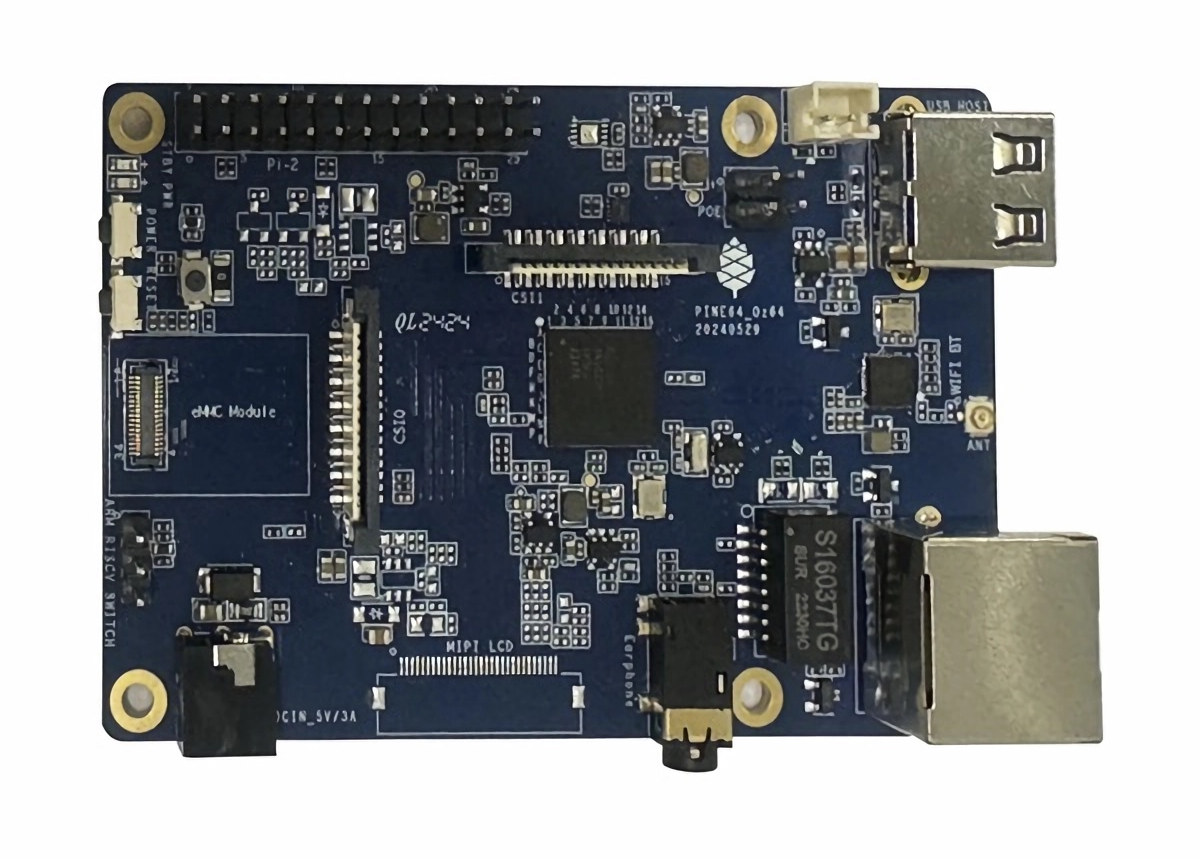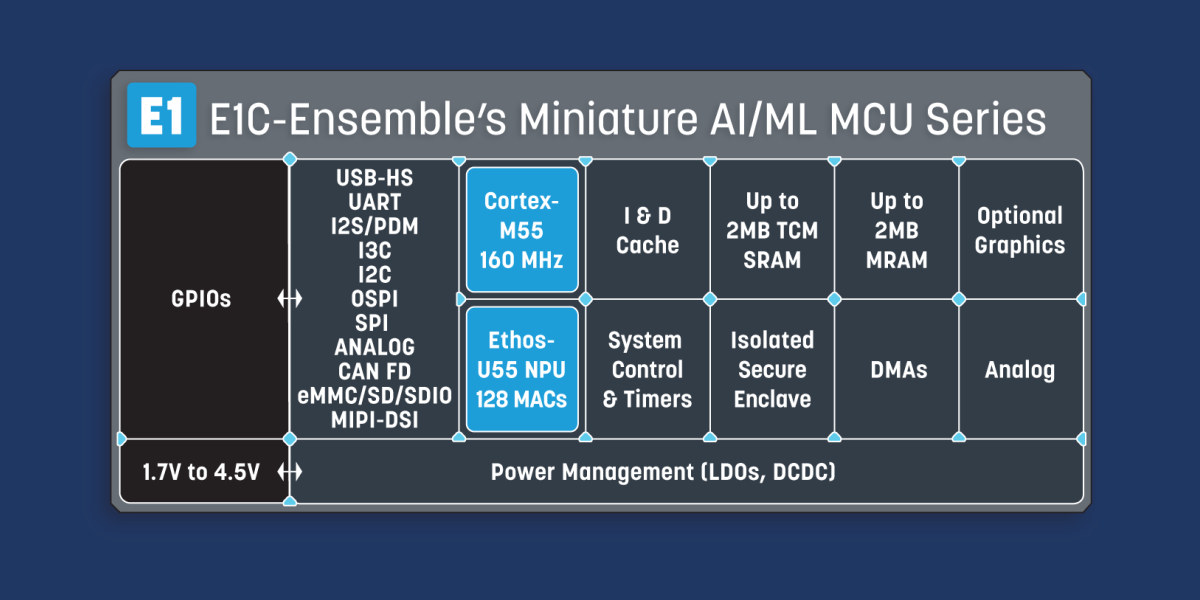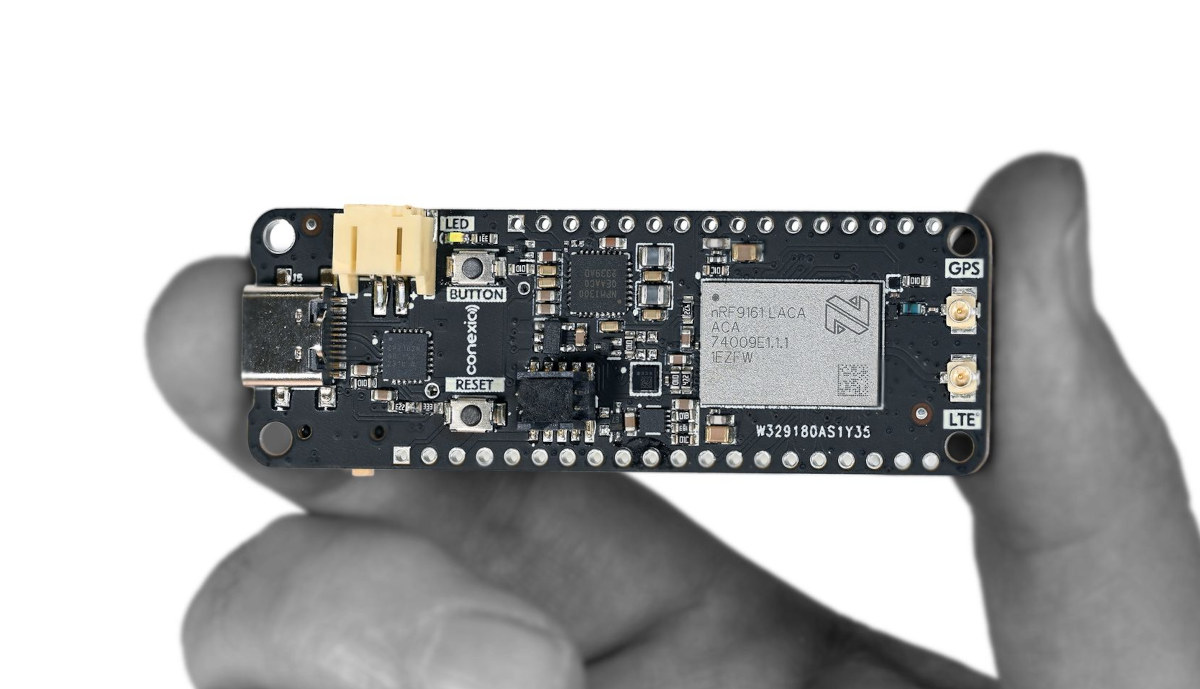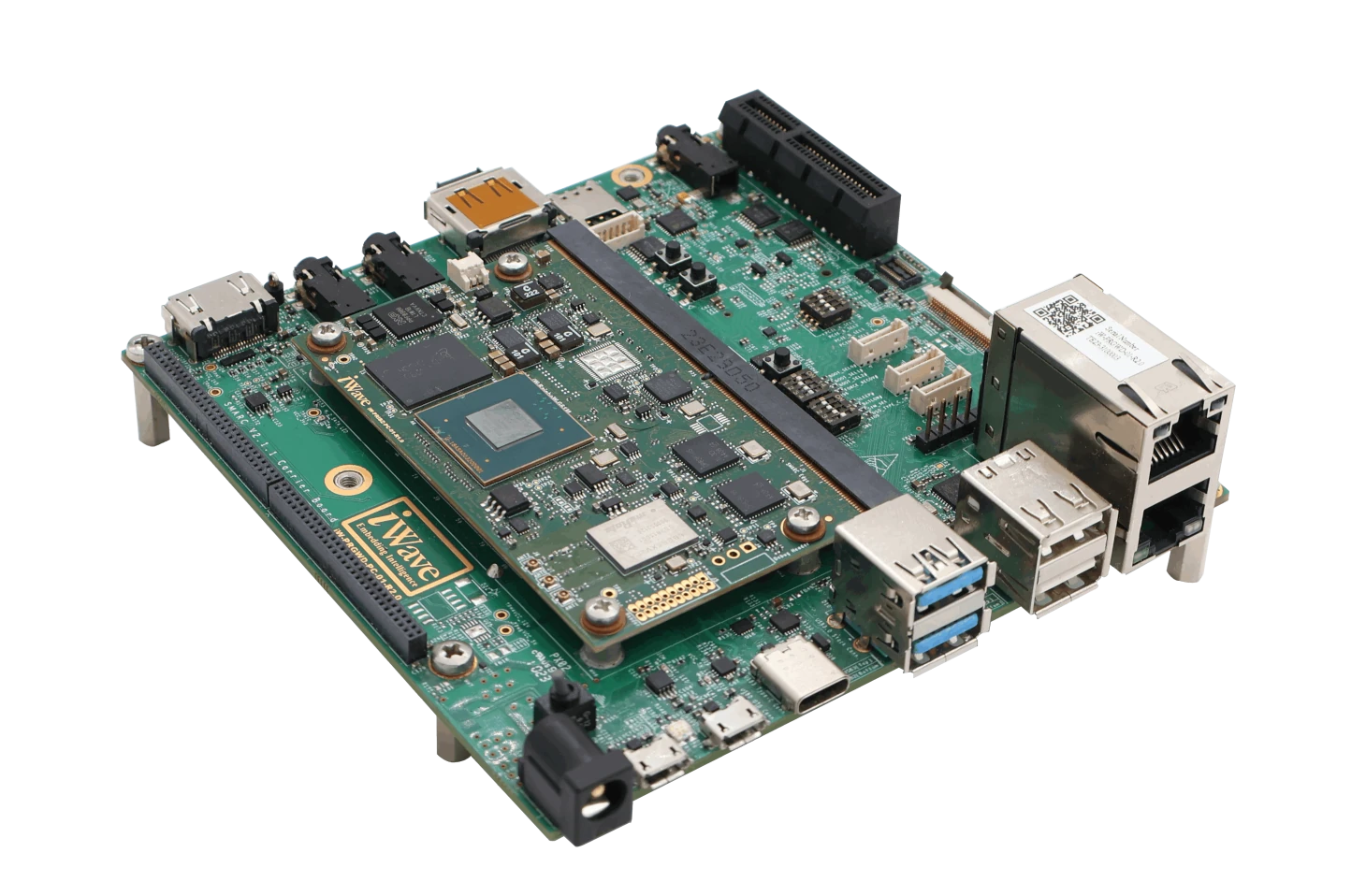NXP has recently launched the SAF9xxx Automotive Audio DSP family, which currently includes SAF9000 and SAF9100 AI audio DSPs. Built around Cadence’s latest generation high-performance Tensilica HiFi 5 DSPs, these new chips not only feature AI and ML capabilities, but also include features like driver’s voice pitches and accent recognition, noise cancellation, voice recognition, emergency siren detection, and more. Additionally, the SAF9000 chip includes a software-defined radio option with up to five integrated tuners (controlled by an integrated Arm Cortex-M7 core) that covers all major global broadcast radio standards, including DAB, HD Radio, DRM, CDR, and AM/FM into a single chip solution. SAF9xxx Automotive Audio DSP specifications DSP – Tensilica HiFi 5 DSPs with dedicated neural network engines Integrated Controller – Arm Cortex-M7 core for tuner and audio control middleware Radio Features (SAF9000 only) Supports AM, FM, DAB, DAB+, DMB, HD Radio, DRM for AM, DRM for FM (DRM+), CDR […]
Infineon CY8CKIT-062S2-AI PSoC 6 Edge AI evaluation kit features multiple sensors, Arduino headers, Pmod connectors
Infineon CY8CKIT-062S2-AI evaluation kit is a hardware platform built around the PSoC 6 family of MCUs and designed to help developers easily create and test edge AI applications. The dev board features an array of sensors including radar, microphone, magnetometer, IMU, and an air pressure sensor, which make it easy for data collection applications. The board also features Wi-Fi and Bluetooth connectivity and includes an additional expansion header that can be used to connect other modules and sensors. All of these features make this board useful for building a wide range of AI-powered applications, including smart home automation, industrial monitoring, wearables, healthcare devices, and robotics. Previously we have written about similar low-power edge AI modules such as the Digi ConnectCore MP25, the Axiomtek AIE110-XNX, and the Arducam KingKong feel free to check those out if you are interested in such low-power modules. Infineon CY8CKIT-062S2-AI Evaluation Kit specifications: MCU – Infineon […]
Pine64 Oz64 RISC-V+Arm SBC to support NuttX RTOS and Debian Linux
Pine64 Oz64 is an upcoming credit card-sized SBC based on the SOPHGO SG2000 RISC-V+Arm(+8051) processor that currently runs NuTTX RTOS, and a Debian Linux image is also in the works. With a name likely inspired by the earlier Pine64 Ox RISC-V SBC, the Oz64 is a more powerful embedded board with 512 MB of DRAM integrated into the SG2000, a microSD card, an eMMC flash module connector, Ethernet port, WiFi 6 and Bluetooth 5.2, a USB 2.0 Type-A host port, and a 26-pin GPIO header. Pine64 Oz64 specifications: SoC – SOPHGO SG2000 Main core – 1 GHz 64-bit RISC-V C906 or Arm Cortex-A53 core (selectable) Minor core – 700 MHz 64-bit RISC-V C906 core Low-power core – 25 to 300 MHz 8051 MCU core with 8KB SRAM NPU – 0.5 TOPS INT8, supports BF16 Integrated 512MB DDR3 (SiP) Storage MicroSD card slot eMMC flash module connector Display – Optional 2-lane […]
Alif Semi Ensemble E1C is an entry-level Cortex-M55 MCU with a 46 GOPS Ethos-U55 AI/ML accelerator
Alif Semi Ensemble E1C is an entry-level addition to the company’s Ensemble Cortex-A32M35 processors and microcontrollers with Ethos-U55 microNPUs that targets the very edge with a 160 MHz Cortex-M55 microcontroller and a 46 GOPS Ethos-U55 NPU. The Ensemble E1C is virtually the same as the E1 microcontroller but with less memory (2MB SRAM) and storage (up to 1.9MB non-volatile MRAM), and offered in more compact packages with 64, 90, or 120 pins as small as 3.9 x 3.9mm. Alif Semi Ensemble E1C specifications: CPU – Arm Cortex-M55 core up to 160 MHz with Helium Vector Processing Extension, 16KB Instruction and Data caches, Armv8.1-M ISA with Arm TrustZone; 4.37 CoreMark/MHz GPU – Optional D/AVE 2D Graphics Processing Unit MicroNPU – 1x Arm Ethos-U55 Neural Processing Unit with 128 MAC; up to 46 GOPS On-chip application memory Up to 1.9 MB MRAM Non-Volatile Memory Up to 2MB Zero Wait-State SRAM with optional […]
Orange Pi 3B V2.1 SBC has been revamped with better WiFi 5 connectivity, M.2 2280 NVMe/SATA SSD socket
Shenzhen Xunlong Software has introduced the Orange Pi 3B V2.1 SBC with an M.2 socket that supports 2280 NVMe or SATA SSDs, and a new Ampak AP6256 WiFi 5 and Bluetooth 5 wireless module replacing the Allwinner AW859A-based CDTech 20U5622 module in the first revision of the board. The Orange Pi 3B SBC was first introduced in August 2023 as a Rockchip RK3566 SBC with Raspberry Pi 3B form factor and support for M.2 2230 and 2242 NVMe or SATA storage. The new Orange Pi 3B V2.1 supports longer M.2 2280 SSDs at the cost of being slightly bigger than a credit card (89×56 mm) and offers better WiFi 5 connectivity. Orange Pi 3B V2.1 specifications: SoC – Rockchip RK3566 CPU – Quad-core Cortex-A55 processor @ up to 1.8 GHz GPU – Arm Mali-G52 2EE GPU with support for OpenGL ES 1.1/2.0/3.2, OpenCL 2.0, Vulkan 1.1 NPU – 0.8 TOPS […]
Conexio Stratus Pro – A battery-powered nRF9161 development kit with LTE IoT, DECT NR+, GNSS connectivity (Crowdfunding)
Conexio Stratus Pro is a tiny IoT development kit based on Nordic Semi nRF9161 system-in-package (SiP) with LTE-M/NB-IoT, DECT NR+, and GNSS connectivity and designed to create battery-powered cellular-connected electronic projects and products such as asset trackers, environmental monitors, smart meters, and industrial automation devices. Just like the previous generation Conexio Startus board based on the Nordic Semi nRF9160 cellular IoT SiP, the new Conexio Stratus Pro board supports solar energy harvesting and comes with a Feather form factor and Qwiic connector for each expansion. Conexio Stratus Pro specifications: System-in-package – Nordic Semi nRF9161 SiP MCU – Arm Cortex-M33 clocked at 64 MHz with 1 MB Flash pre-programmed MCUBoot bootloader, 256 KB RAM Modem Transceiver and baseband 3GPP LTE release 14 LTE-M/NB-IoT support DECT NR+ ready GPS/GNSS receiver RF Transceiver for global coverage supporting bands: B1, B2, B3, B4, B5, B8, B12, B13, B17, B18, B19, B20, B25, B26, B28, […]
Leveraging GPT-4o and NVIDIA TAO to train TinyML models for microcontrollers using Edge Impulse
We previously tested Edge Impulse machine learning platform showing how to train and deploy a model with IMU data from the XIAO BLE sense board relatively easily. Since then the company announced support for NVIDIA TAO toolkit in Edge Impulse, and now they’ve added the latest GPT-4o LLM to the ML platform to help users quickly train TinyML models that can run on boards with microcontrollers. What’s interesting is how AI tools from various companies, namely NVIDIA (TAO toolkit) and OpenAI (GPT-4o LLM), are leveraged in Edge Impulse to quickly create some low-end ML model by simply filming a video. Jan Jongboom, CTO and co-founder at Edge Impulse, demonstrated the solution by shooting a video of his kids’ toys and loading it in Edge Impulse to create an “is there a toy?” model that runs on the Arduino Nicla Vision at about 10 FPS. Another way to look at it […]
NXP i.MX 95 SMARC 2.1 system-on-modules – ADLINK LEC-IMX95 and iWave iW-RainboW-G61M
Several companies have unveiled SMARC 2.1 compliant system-on-modules powered by the NXP i.MX 95 AI SoC, and today we’ll look at the ADLINK LEC-IMX95 and iWave Systems iW-RainboW-G61M and related development/evaluation kits. The NXP i.MX 95 SoC was first unveiled at CES 2023 with up to six Cortex-A55 application cores, a Cortex-M33 real-time core, and a low-power Cortex-M7 core, as well as an eIQ Neutron NPU for machine learning applications. Since then a few companies have unveiled evaluation kits and system-on-modules such as the Toradex Titan evaluation kit or the Variscite DART-MX95 SoM, but none of those were compliant with a SoM standard, but at least two SMARC 2.1 system-on-modules equipped with the NXP i.MX 95 processor have been introduced. ADLINK LEC-IMX95 Specifications: SoC – NXP i.MX 95 CPU Up to 6x Arm Cortex-A55 application cores clocked at 2.0 GHz with 32K I-cache and D-cache, 64KB L2 cache, and 512KB […]


